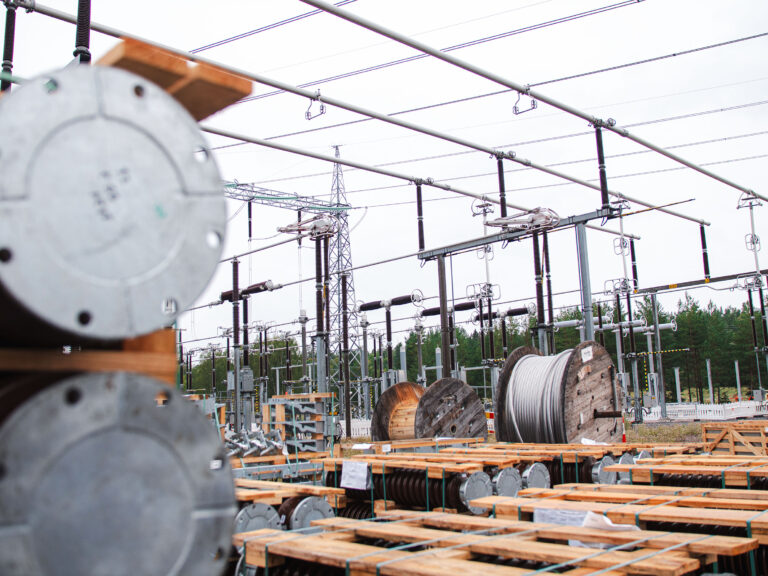Finnish energy production is evolving with a focus on lower emissions and greater renewability. This poses a challenge to our entire electricity system. Wind farms, located mainly on the west coast and in the north, are generating an ever-larger share of electricity, while consumption is increasingly concentrated in southern Finland.
Fingrid is carrying out a major investment programme that will, in practice, double the current main grid over the next ten years. Fingrid is also looking into other means to strengthen electricity transmission.
In June 2024, Fingrid published three proposals to modernise the structure of grid service fees: a regional connection fee reform, the introduction of a flexible main grid service and the use of local flexible connections as permanent solutions.
In everyone’s interest
If implemented, these proposals would yield cost-savings for both society and consumers.
”The aim is to enhance the cost-effectiveness of the development and operation of the main grid, which is reflected, for example, in Finland’s competitiveness,” says Jori Sihvonen, Public Affairs Expert at Fingrid.
”The permitted revenue of network operators is governed by the regulatory model specified by the Energy Authority,” says Laura Ihamäki, Customer Manager.
She points out that the reform would not increase Fingrid’s revenue. Rather, it would balance the costs of network development towards a more cost-reflective basis than at present.
Power-based connection fee
By international standards, the process of connecting to the main grid in Finland is affordable and consistent.
Fingrid is planning to implement grid service fee reforms to improve connectivity and incentivise the efficient use of the electricity network. These reforms would also strengthen the regional balance of electricity consumption, thereby easing congestion in the transmission grid.
The current grid connection fee is based only on voltage, not on the power or location of the connecting project. In other words, connecting a solar power plant to the 400 kilovolt main grid costs exactly as much as connecting a new nuclear power plant.
A consumption project connection is priced the same in Helsinki, where the grid is already under pressure, as on the west coast, close to numerous wind farms.
Our customers have ever more connectivity needs.
”Our customers need more and more connections. To cater effectively to their requirements, we should introduce a power-based connection fee in the main grid, a fee already in use in distribution networks,” says Ihamäki.
”The current main grid connection fees only cover the average direct costs of building the connection. The costs of main grid reinforcements are borne by all network users,” Sihvonen adds.
One of the objectives of the connection fee reform is to target the power-based connection fee at those customers whose connections will create investment pressures and costs due to main grid reinforcement. The reform would allocate more of these grid reinforcement costs to the parties that cause them and would also alleviate the need for grid reinforcement by encouraging production and consumption units to be located close to each other.
A new lower-cost service level
Growth in renewable energy production that depends on the weather causes greater variability in main grid transmission amounts. Higher transmission peaks limit Fingrid’s ability to offer new main grid connections.
In the flexible main grid service, the customer would be able to choose the desired transmission service level, and the transmission fee would be set accordingly. In practice, a cheaper new service level would be introduced alongside the current service level.
Under this model, the customer would commit to flexible consumption during transmission peaks. This would avoid the need for network reinforcement investments, which would be necessary only during rare transmission peaks.
Commitment to flexibility in the event of faults
Fingrid would also like to have the possibility of using flexible connections as a permanent solution.
For example, the customer would commit to limiting its electricity generation or use in the rare event of a transformer failure. Fingrid would thus avoid having to invest in an additional transformer.
This solution is possible thanks to the amended Electricity Market Act. However, it currently looks like it will be weak in practice, as the Energy Authority can cancel a flexible contract at any time. The possibility of doing so poses a significant risk to both the network operator and the customer.







